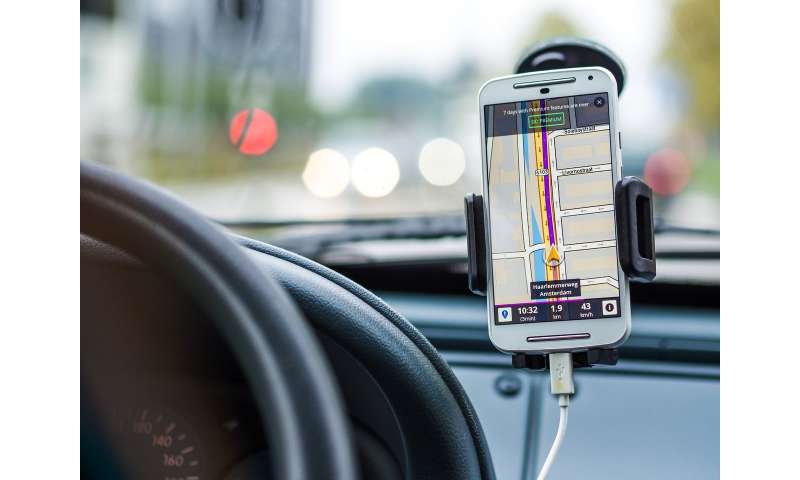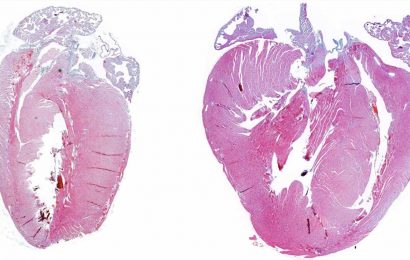
If you plan to hit the road for the Fourth of July, there are some factors you may want to consider for traveling in the age of COVID-19.
Health officials say the best way to stop the spread of the disease is to stay home. But some people may not be able to stay in their communities or may look past the possible risks.
So how can you do a road trip safely?
Before traveling
While planning to get behind the wheel, it’s a good idea to research and evaluate the conditions in your area and the place you’re visiting, according to the Centers for Disease Control and Prevention.
Even on familiar routes, it can be possible to run into limited rest stop hours, automated toll booths or 14-day stay-at-home requirements during the pandemic, AARP and the CDC said earlier this year.
It’s also possible to be exposed to or spread the coronavirus while traveling through rest stops and other transportation venues, the CDC says. Health officials say anyone who thinks they have COVID-19 or have been near an infected person in the past two weeks should not go on trips.
People should also consider whether they will travel or be in close contact with someone who has a higher risk of getting seriously sick from the coronavirus, such as older adults and people with underlying conditions, the CDC says.
While packing, travelers may want to bring medicine, food and water in case stores are shut down. Other considerations include hand sanitizer, disinfectants, cloth face coverings, health insurance cards and a thermometer, according to the CDC and AAA.
During the trip
Though travel experts think people are cautious to make plans this summer, AAA expects 683 million car trips from July 1 to Sept. 30. That’s about a 3% decrease from last year, the association says.
AAA also predicts drivers who venture out will see gas prices about 50 cents lower than last Independence Day, recently reporting an average of $2.17 per gallon nationwide.
But “making stops along the way for gas, food, or bathroom breaks can put you and your traveling companions in close contact with other people and surfaces,” which are potential ways the coronavirus can spread, the CDC says.
Getting gas means you may have to encounter a germ-covered pump, so tips from the CDC include using “disinfecting wipes on handles or buttons before you touch them” and later applying hand sanitizer.
Inside public restrooms, doctors recommend people maintain their distance from others, wash their hands for 20 seconds and use paper towels to turn off faucets, McClatchy News reported.
Source: Read Full Article


